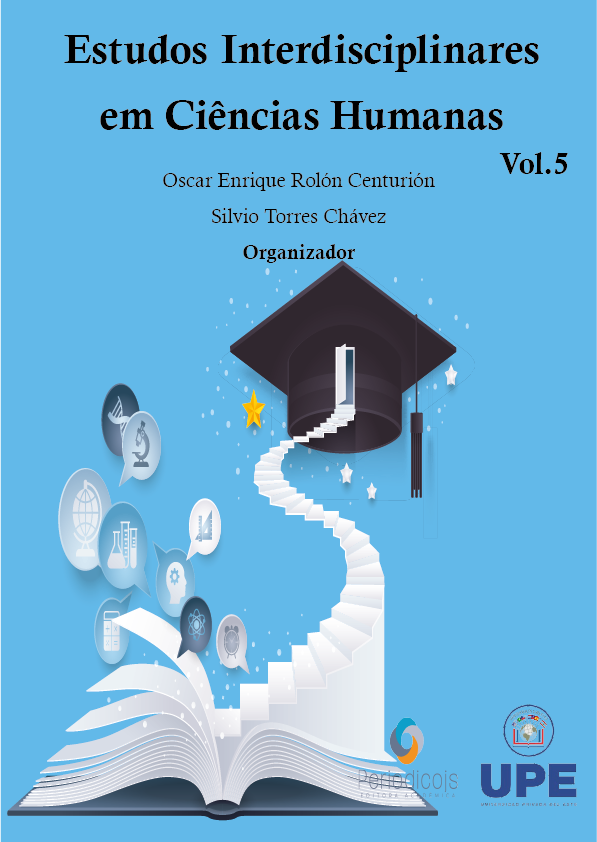Abstract
The research presented aims to show the economic impact of the cess of common salt smuggling on the border of Ciudad del Este, in this time of the COVID 19 pandemic. numerical results, the investigation level is exploratory, since the proposed theme is well explored and carried out to better understand. It is taken as a sample to 4 businessmen from Ciudad del Este, corresponding to 100% of the population considered, to which a survey is applied, using as an instrument a questionnaire with closed questions, considering the result of the survey it is concluded: that the The economic impact of the reduction in the elimination of contraband was positive for these companies, due to the greater flow of invoicing and gains due to the high demand of the domestic market, on the ground consumers and private companies, as well as public entities. They also benefited from the possibility of opening new markets to maintain new products related to salt.
References
Bartolomé, M. C. (2002). “La Triple Frontera: Principal foco de inseguridad en el Cono Sur americano”. MilitaryReview Vol. 82, Nº 4.
Bolognesi-Drosdoff, M. C. (1986). “Análisis y clasificación tipológica de casos de integración fronteriza”. Integración Latinoamericana.
Calderón, H. (2007). Crimen organizado y terrorismo en la Triple Frontera y regiones adyacentes. IEEBA.
Cirino, J., y Elizondo, S. (2000). Áreas sin ley: orígenes del fenómeno y percepciones de amenaza. Center for Hemispheric Defense Studies.
Colmán, A.; Ferreira, W. y Espínola, F. (2008).”Serie: Radiografía del contrabando y el narcotráfico en el Este”. Ultima Hora. Paraguay.
De la Sierra A. (2003). Anomalía vascular, hipertensión sensible a la sal.Kur hipertensión Rep.Aula médica Ediciones.
De Villepin, D. (2003). “El nuevo espíritu de la frontera”. ForeignAffairs en español. Dirección General de Estadística, Encuestas y Censos (DGEEC) (2002). Población y vivienda. DGEEC.
Dirección General de Estadística, Encuestas y Censos (DGEEC). (2007). Población y vivienda. 2007. DGEEC.
Dreyfus, P. (2005). Agenda de seguridad en el MERCOSUR: La Triple Frontera como “espacio de inseguridad regional”. Viva Río/ ISER.
Garay, C. (2004).”Estados débiles y espacios vacíos. El casochileno”. Security and Defense Studies Review.
Guevara, W., Rehnfeldt, M. y Soares, M. (2009). El Gran ‘Duty Free’. Paraguay es uno de los mayores productores mundiales de cigarrillos de contrabando.The CenterforPublicIntegrity.
Iglesias, R. (2016). El alza de los impuestos indirectos en presencia de un mercado negro de cigarrillos: la reforma brasileña de los impuestos sobre el tabaco del 2011. Revista Panamericana de Salud Pública. (8), 1-2.
Lawson C. (2011). Sal, amigo o enemigo. Nuevos científicos.
Morínigo, J. N. (1994). “Contra ética del orekuete y permisividad social de la corrupción”. Acción. Revista paraguaya de reflexión y diálogo.
Monckeberg, F., Case O, Artigas R. (1959). Estudio de electrolitos intracelulares por medio de la biopsia en la deshidratación aguda. Pediatría Santiago.RevChilPediatr. p93.
Monckeberg, F.,Beas F, Perreta M. 1956, Función suprarrenal en distróficos. RevChil Pediatría. p 96.
Naím, M. (2006). Ilícito. Cómo traficantes, contrabandistas y piratas están cambiando el mundo. Debate. p. 52
Prado, G. (1998). “El pensamiento económico de Douglass C. North”. Laissez-Faire. p. 13
Programa de las Naciones Unidas para el Desarrollo (PNUD) (2007). Informe sobre desarrollo humano 2007. Indicadores de desarrollo humano. PNUD.
Rotberg, R. 2002). “Failed States in a World of Terror”. ForeignAffairs.
Toranzo, G. (2005). “Interacción de las amenazas asimétricas y su relación con las armas ilegales en América del Sur”. Security and DefenseStudiesReview.
Sampieri, H. (2014). Metodología de la Investigación. (6ª Ed.).MG GrawHil.
Sampieri, H. (2003). Metodología de la Investigación. (2ª Ed.).MG Graw Hil





